One of the more interesting hacks we’ve seen this year is [Carl]’s experimentations with making motors out of PCBs. Honestly, it’s surprising no one has done this before — a brushless motor is just some coils of wire and a few magnets; anyone can turn some coils into traces and make a 3D print that will hold a few magnets. This latest advancement is something else entirely. It’s a motor and an electronic speed controller all in one.
This project is a continuation of [Carl]’s PCB motor project, which started with him routing coils for a brushless motor as traces in a circuit board. Previously, we’ve seen [Carl]’s motor spinning on its own with the help of a small hobby ESC / motor controller meant for model planes and drones. This time, we’ve got something different. It’s an entire controller and motor, integrated into one single PCB.
This is a very, very small motor and ESC combo. The motor driver is a 3x3mm QFN package, and most of the other components are 0201. The main parts are a very tiny triple half-bridge motor driver and a PIC16F microcontroller. This PIC reads a hall sensor to detect the speed of the motor, and with just three pins — power, ground, and a PWM pin — this motor can spin at a set speed.
The future goals of this project are to make it work just like any other hobby ESC — just plug it into a servo controller and let ‘er rip. Since this motor with an integrated PCB requires only three connections, we’re looking at a great tool to add motion and rotation to any project. It’s fantastic, and we can’t wait to see something like this in robots, toys, and other home goods.
Continue reading “Putting A Motor Inside A Speed Controller”

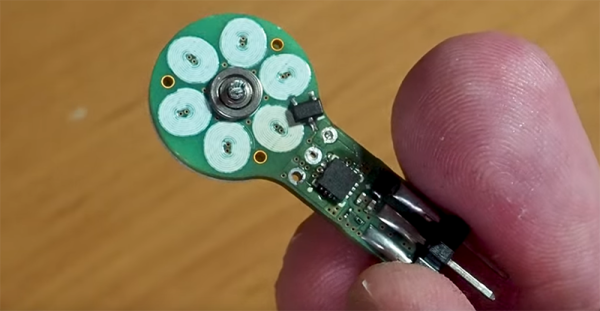



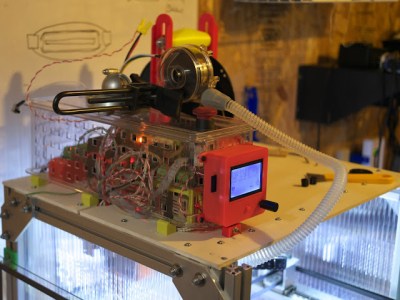





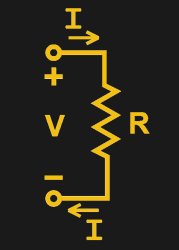
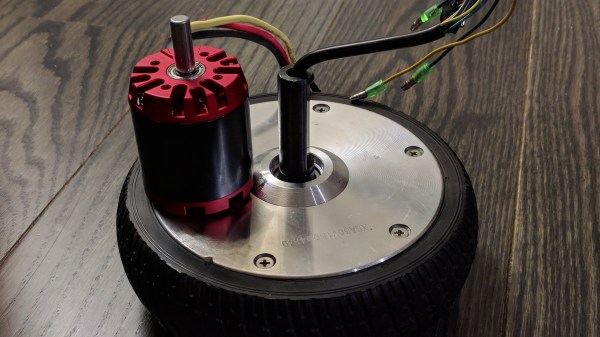
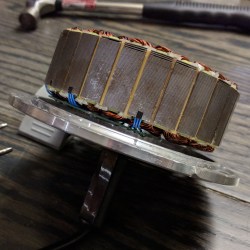 [madcowswe] starts by pointing out that the entire premise of ODrive (an open-source brushless motor driver board) is to make use of inexpensive brushless motors in industrial-type applications. This usually means using hobby electric aircraft motors, but robotic applications sometimes need more torque than those motors can provide. Adding a gearbox is one option, but there is another: so-called “hoverboard” motors are common and
[madcowswe] starts by pointing out that the entire premise of ODrive (an open-source brushless motor driver board) is to make use of inexpensive brushless motors in industrial-type applications. This usually means using hobby electric aircraft motors, but robotic applications sometimes need more torque than those motors can provide. Adding a gearbox is one option, but there is another: so-called “hoverboard” motors are common and 









